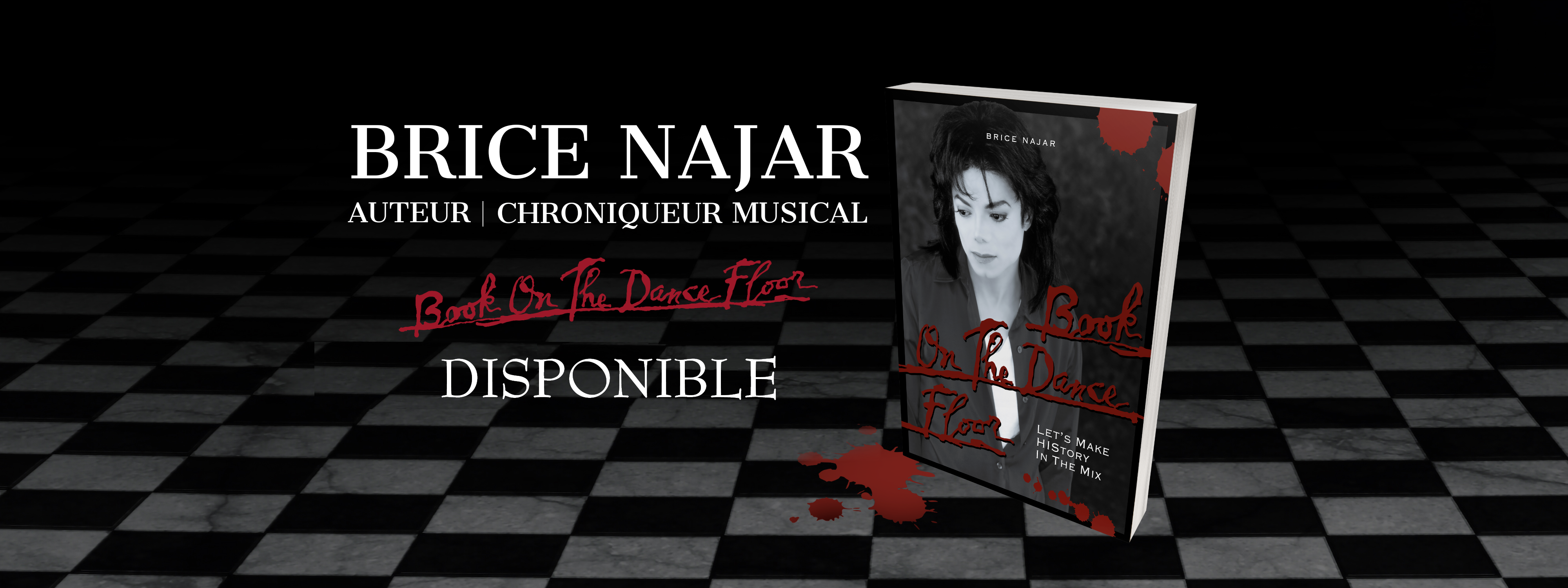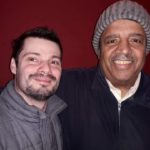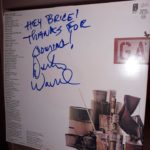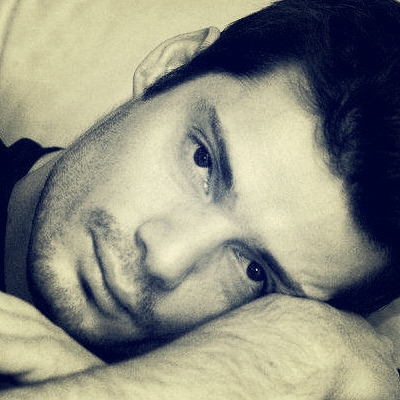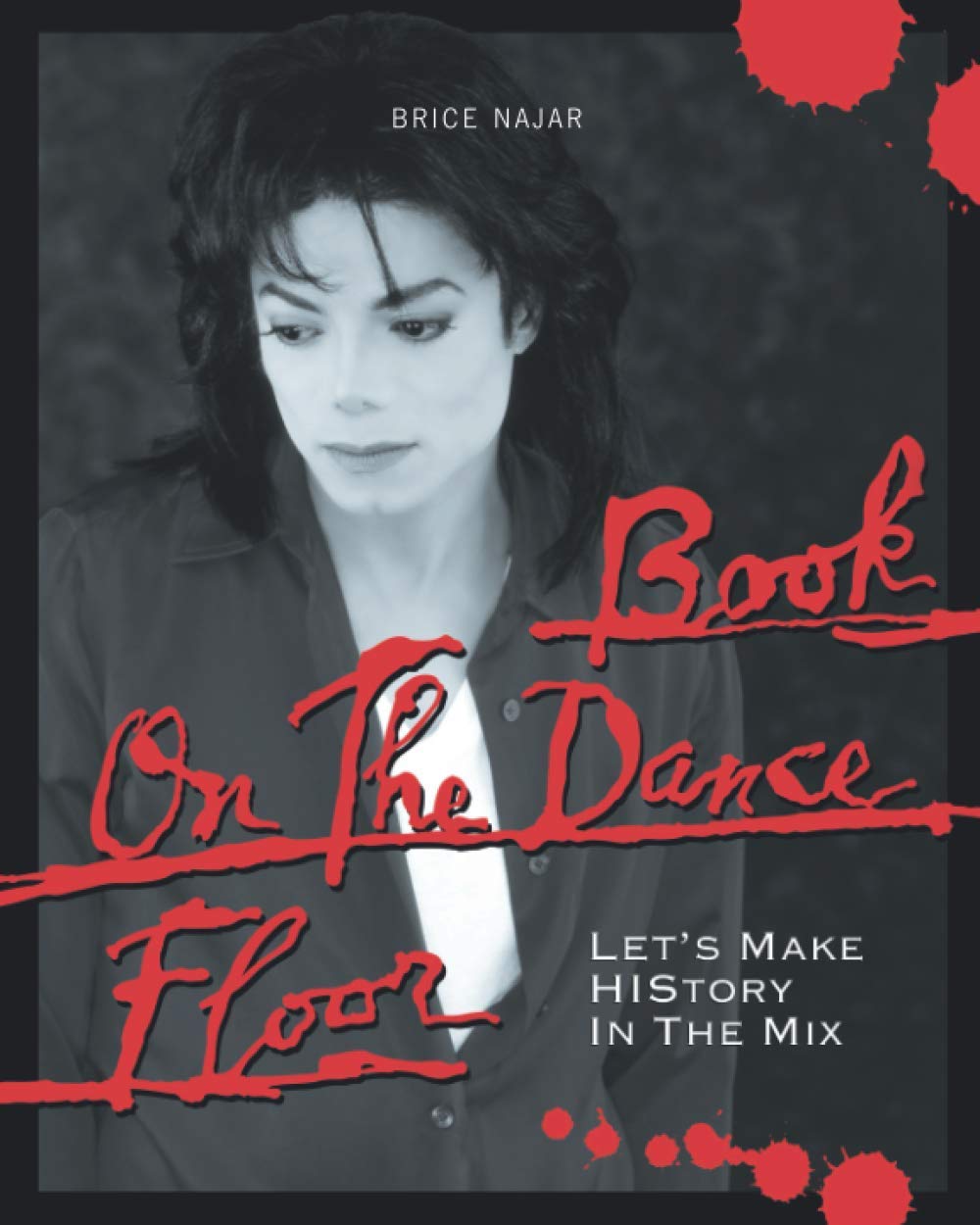
Dexter Wansel
Dexter Wansel’s appearance at the New Morning venue in Paris was the last concert I attended before the Covid crisis. Apart from the stage performance, I enjoyed meeting with the musician and, of course, I hoped to keep in touch with him in order to evoke his collaboration on two albums with the Jacksons in the bosom of Philadelphia International Records. In his role as a producer, a composer and an arranger at Gamble and Huff’s firm, Dexter was an important element in the artistic emancipation of the band that had just left Motown. Let’s go back to Philadelphia in 1976-77 with Dexter Wansel and his memories that are part of the HIStory.
How did you start a passion for music and eventually made a carer out of it? How did you grow an interest for synthesizers and programming which were innovative fields at the time?
I began as a backstage errand boy at the Uptown Theater in Philadelphia – that was like the Apollo in New York – where I met many musicians and singers who inspired me. After I got out of the Army, I started auditioning for piano sessions at Sigma Sound Studios back in 1972 and began programming their Putney synthesizer shortly thereafter. I met up with Al Perlman who made the Arp Synthesizer and he got me an Arp 2600 which I started using on sessions.
How did you get the opportunity to join in the Kenneth Gamble and Leon Huff team at Philadelphia Records?
At Sigma I met Karl and Roland Chambers who were members of MFSB (standing for “Mother Father Sister and Brother”) at the time and asked me to join their group Yellow Sunshine. We recorded an album for Gamble and Huff at Philadelphia International Records. That’s how I met them.
How did Gamble and Huff usually present you with album projects, deciding which arrangers, composers and producers would be involved in which songs?
I began submitting songs to them and by 1975 I was writing arrangements, songs, and doing productions for their artists MFSB (“When Your Love Is Gone”), Billy Paul (“Billy’s Back Home”), Dee Dee Sharp, etc.
When the Jacksons joined the label we kind of formed a bond together. We spent a lot of time together getting to know each other. We often went out to go horseback riding and even to go to the movies together. I especially became close with Tito and Michael. They always had me write their arrangements and help them with their productions. Michael would ask me ideas and I would help him come up with some vocal approaches.
Do you remember the creative process of the song “Keep On Dancing” and the studio sessions with the Jackson brothers?
It was an effort to come up with a song that would be a showpiece. A song that changed rhythms and approaches. And as a showpiece it certainly did work out. I know that they kept “Keep On Dancing” in their show even after “Off The Wall” was released. So I guess that about says it.
Did you decide to have Michael and Jackie share the lead vocal on the song “Living Together”? If it was written with the Jackson brothers in mind, like telling their own story.
Yeah, this song was a message song that after talking with the Jacksons, they actually wanted to say to the world. You know, there are issues people have to face. The song is an effort to bring people together. Michael actually used one of the hook lines as an opening to his Moonwalker book. And yes, absolutely, it was my choice to have both Michael and Jackie on “Living Together”. I asked Jackie to add his voice along with Michael’s leads.
For the first time after they left Motown, the Jackson brothers could play their own instruments in the studio and compose their own songs. Did you help them in that new step?
Absolutely! Tito, every time he was in the studio with me, would just be so excited about playing on his records which Motown did not allow him to do. I think that their two albums at Philadelphia International Records helped them make a transition from Motown to their own ventures, especially with Mike’s voice changing during that time. I really felt that they liked what I did and I liked what they did.
I would always tell Michael that it was a good time for him to get involved in the creative process as you know his voice has been changing, and they were all thinking about how they were going to look and move forward during that transitional point in their lives. I was so happy that they always asked me to work along with them.
Can you tell us about the creative process of the song “Jump For Joy” and the wish to send positive vibes?
Well, “Jump For Joy” is a song about celebrating life in general that Cynthia Biggs and I wrote together for the Jacksons. They really liked it. We wanted a message of bringing people together under a simple philosophy. They liked it the moment I played it for them and they wanted to record it. As the video you sent me shows, Gamble and Huff showed up with a news guy and interviewed the Jacksons and taped us in the studio together. Hahaha!
On that track, and also on the ones mentioned above, I really like your synthesizer programmings. To me, this is the reflection of your production that is completely different from Gamble and Huff’s songs. Do you feel the same regarding your own musical identity at Philadelphia Records?
Billy Paul once told me that working with synthesizers helped me to be different from everyone else. At that time I was the only one in Philly programming synthesizers. As early as 1972 I would help program the Putney synthesizer at Sigma as well as using Bob Moog’s synthesizers when they came into the studio to create synthesized sounds. Al Perlman who created the Arp synthesizer sent me an Arp 2600V back in 1974 and from that point on, I programmed and played synthesized sounds on most productions I did.
Looking back, how do you feel about your collaboration with the Jackson brothers? Do you see it as a landmark in your career?
Well, of course it was a landmark in my career. A tough one though, as we had to come up with new approaches for Michael as a lead vocalist as his voice was changing right then and there. I will always remember those times with my friends. I miss Michael…
